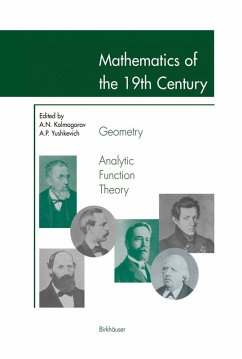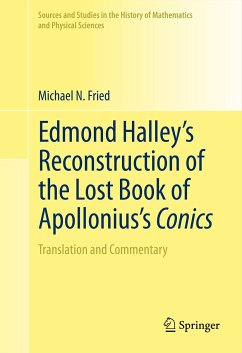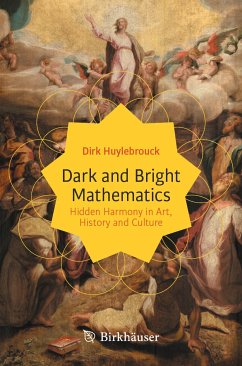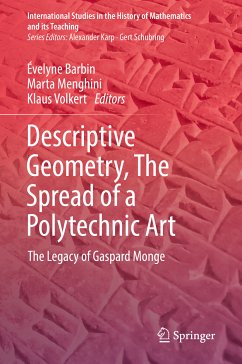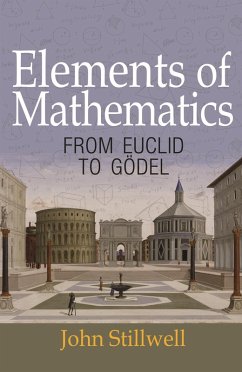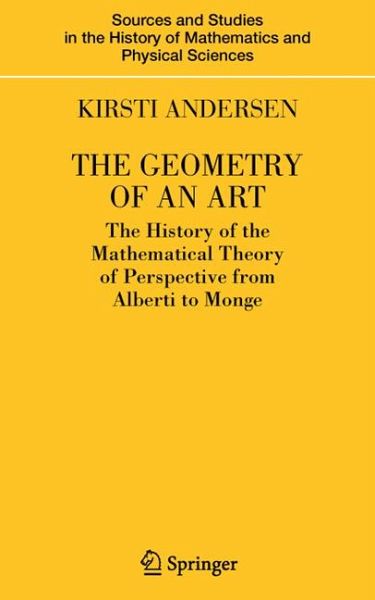
The Geometry of an Art (eBook, PDF)
The History of the Mathematical Theory of Perspective from Alberti to Monge
Versandkostenfrei!
Sofort per Download lieferbar
256,95 €
inkl. MwSt.
Weitere Ausgaben:

PAYBACK Punkte
128 °P sammeln!
This book aims at giving a comprehensive review of literature on perspective constructions from the Renaissance to the end of the eighteenth century. Covering the work of some 175 authors, it treats the emergence of the various methods of constructing perspective, the development of the theories underlying the constructions, the communication between mathematicians and artisans in these developments, and the interactions between these theories and various subjects in mathematical geometry.
Dieser Download kann aus rechtlichen Gründen nur mit Rechnungsadresse in A, B, BG, CY, CZ, D, DK, EW, E, FIN, F, GR, HR, H, IRL, I, LT, L, LR, M, NL, PL, P, R, S, SLO, SK ausgeliefert werden.





